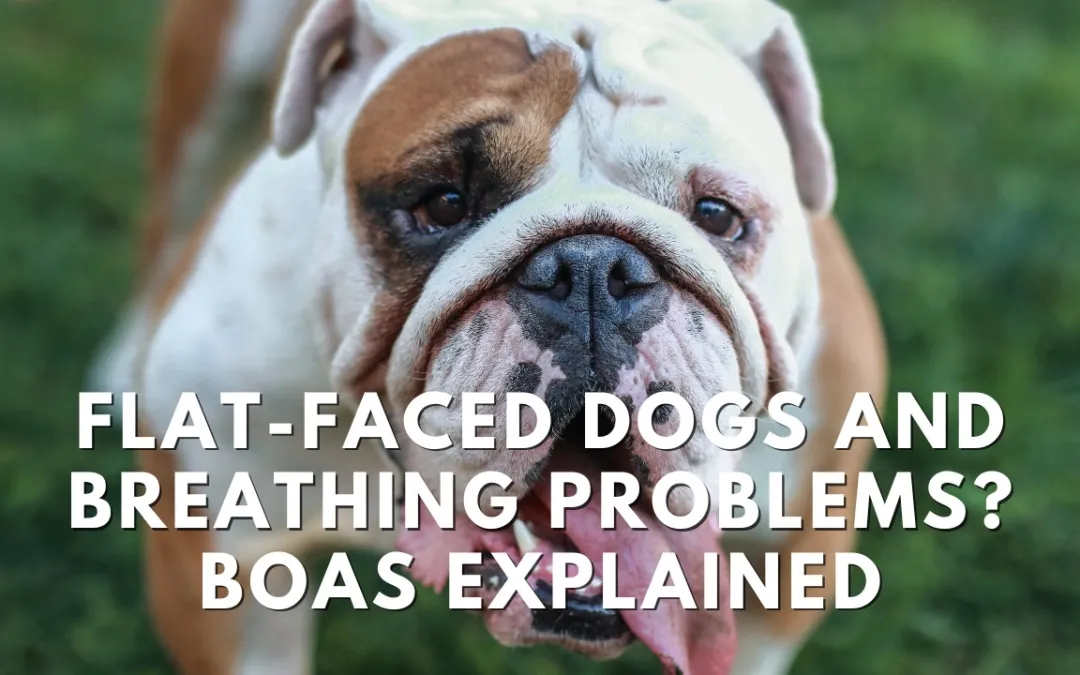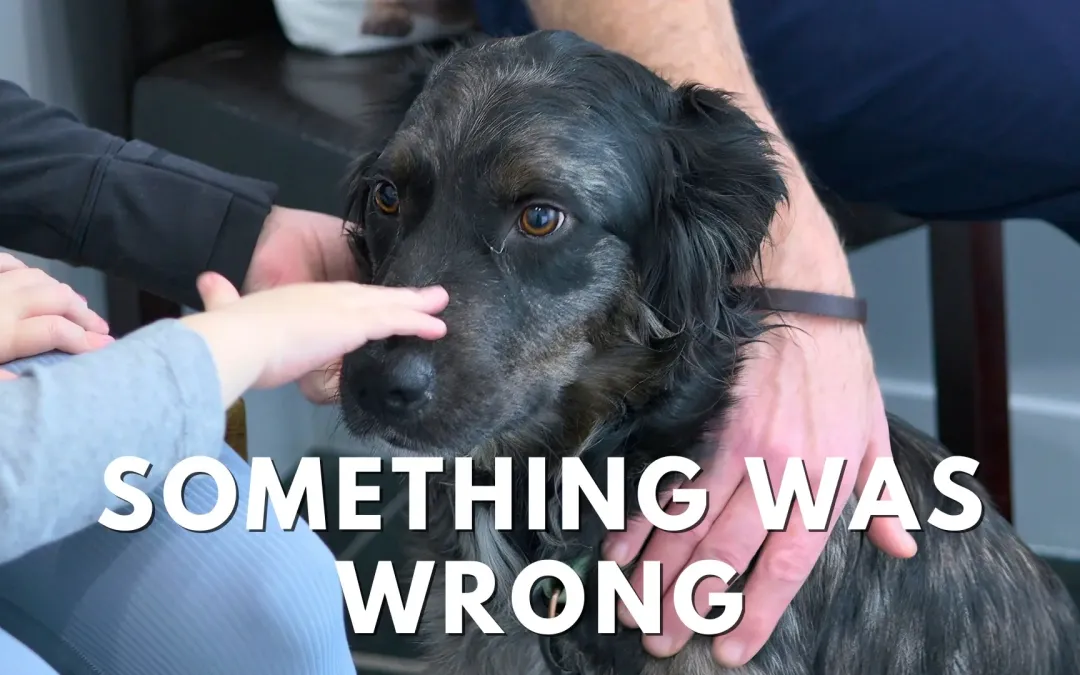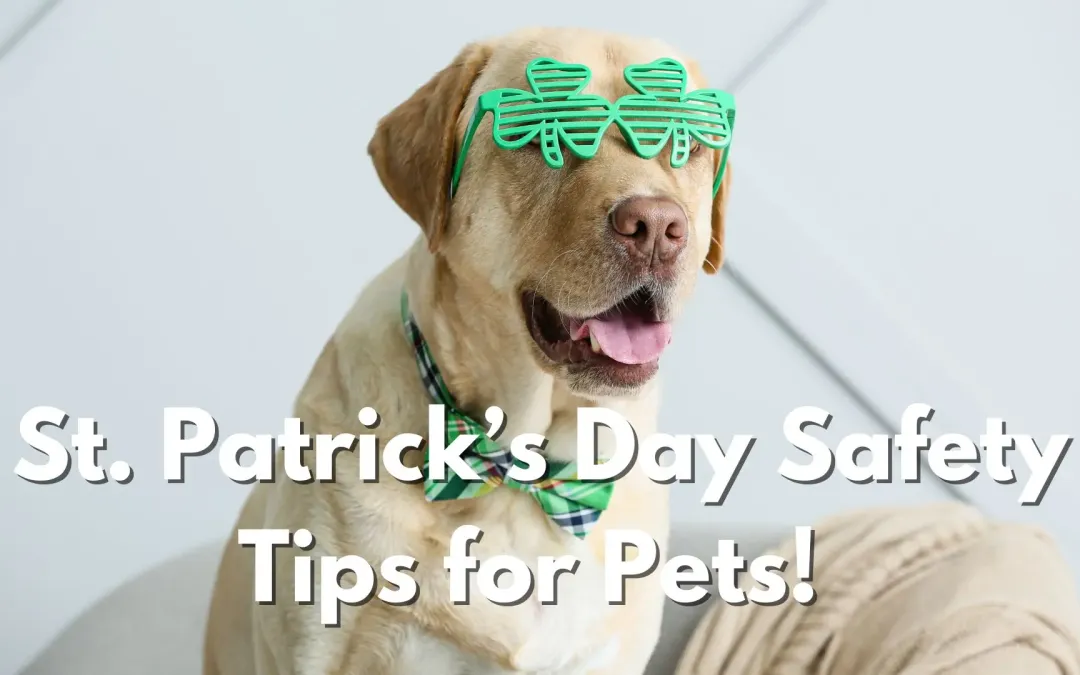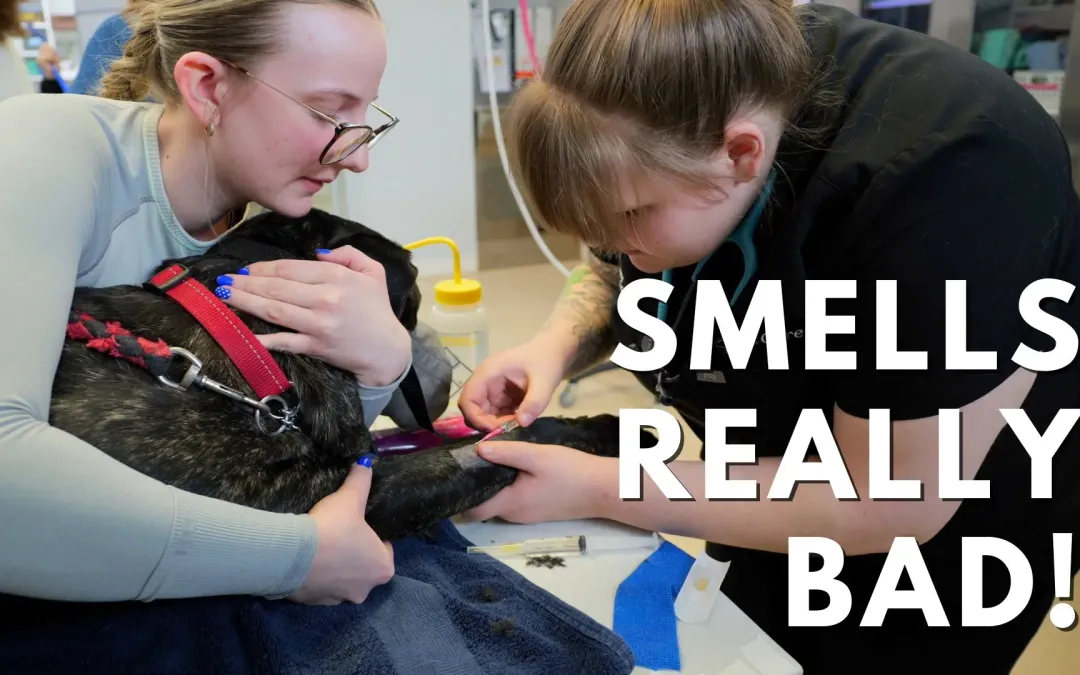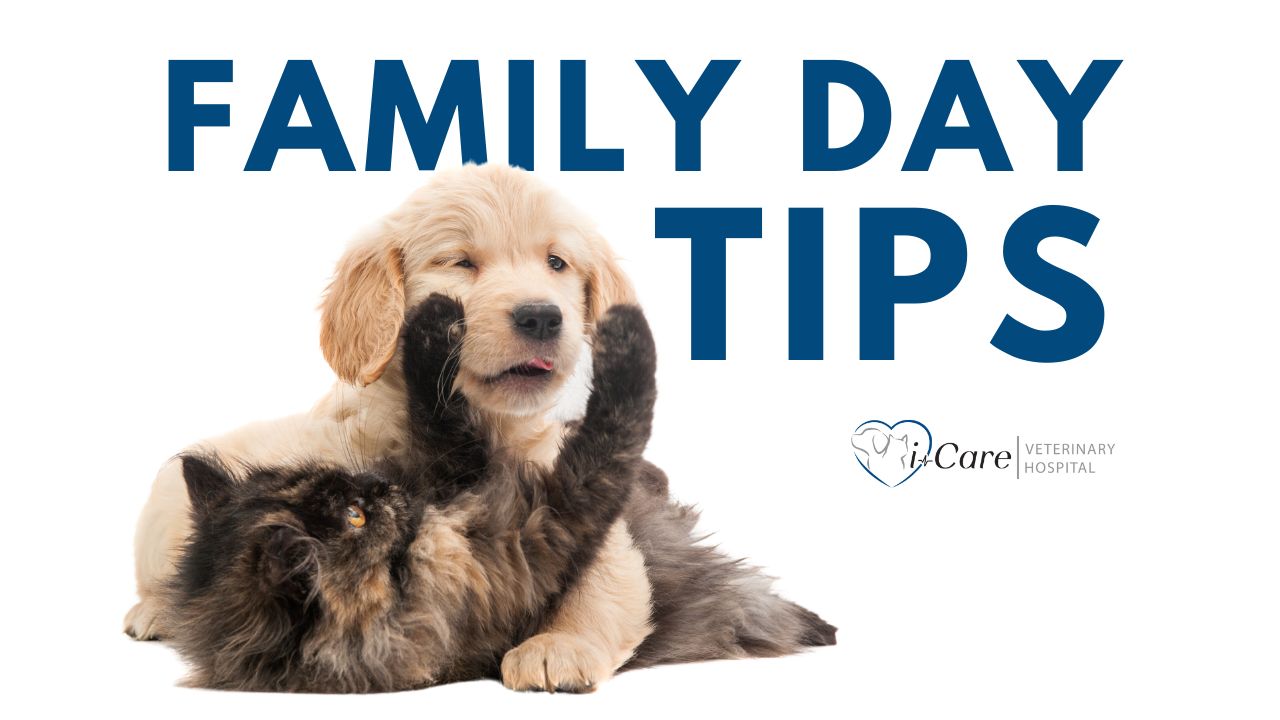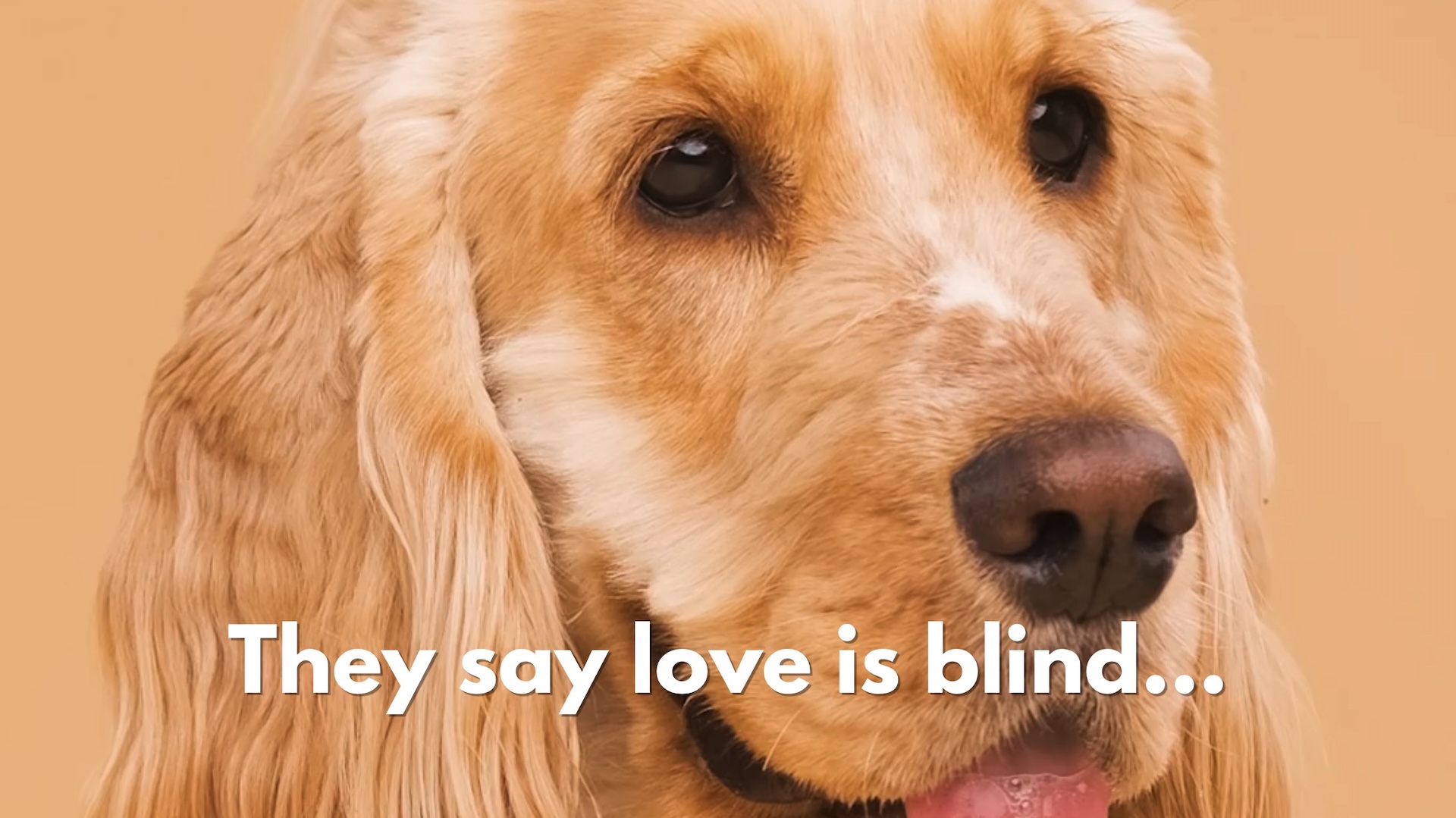08 Apr Is Your Dog Limping or Slowing Down? Common Orthopedic Conditions to Know About
Has your dog been limping, avoiding stairs, or slowing down during walks? These could be more than just signs of aging. Many dogs experience orthopedic conditions that affect their joints, bones, or soft tissue, leading to pain and reduced mobility. At i-Care Veterinary Hospital in Coombs, BC, we regularly see dogs with orthopedic issues ranging from injuries to chronic joint conditions. The good news is that early diagnosis and proper treatment can help your pet stay active, comfortable, and happy. https://youtube.com/shorts/5Zbm45IkWLQ?feature=share Common Orthopedic Problems in Dogs Orthopedic conditions can affect dogs of all breeds and sizes, although some are more common in certain types of dogs. Here are a few of the most frequently diagnosed issues: 1. Arthritis (Osteoarthritis) Arthritis is a degenerative joint condition that causes inflammation, stiffness, and pain. It’s most common in senior dogs but can also develop in younger dogs, especially those with prior injuries or joint abnormalities. 2. Hip Dysplasia This is a genetic condition where the hip joint doesn’t develop properly, leading to joint instability, pain, and arthritis over time. Large breeds like Labradors, German Shepherds, and Golden Retrievers are most commonly affected. 3. Cranial Cruciate Ligament (CCL) Tears Comparable to an ACL tear in humans, a CCL tear is a rupture of a major stabilizing ligament in the dog’s knee. It often causes sudden limping and pain, especially after activity. At i-Care, we offer TPLO surgery (Tibial Plateau Leveling Osteotomy) as a surgical treatment for CCL injuries. TPLO is one of the most effective procedures for returning dogs to an active, pain-free lifestyle. 4. Luxating Patella Most common in small breeds such as Maltese, Pomeranians, and Chihuahuas, a luxating patella happens when the kneecap slides out of place. You may notice your dog occasionally skipping or lifting a leg while walking. Signs Your Dog May Have an Orthopedic Issue Some signs of orthopedic pain or injury are easy to miss, especially if your dog is good at hiding discomfort. Watch for: Limping or favouring one leg Reluctance to go up stairs or jump Stiffness when getting up or lying down Decreased activity or enthusiasm for play Muscle loss in the affected limb Sensitivity when touched near a joint These signs may appear gradually or suddenly. When to Seek Urgent Care If your dog is suddenly unable to bear weight on a leg, is in visible pain, yelps when moving, or has swelling in a limb or joint, this may be an urgent issue that requires prompt attention. Injuries such as...


